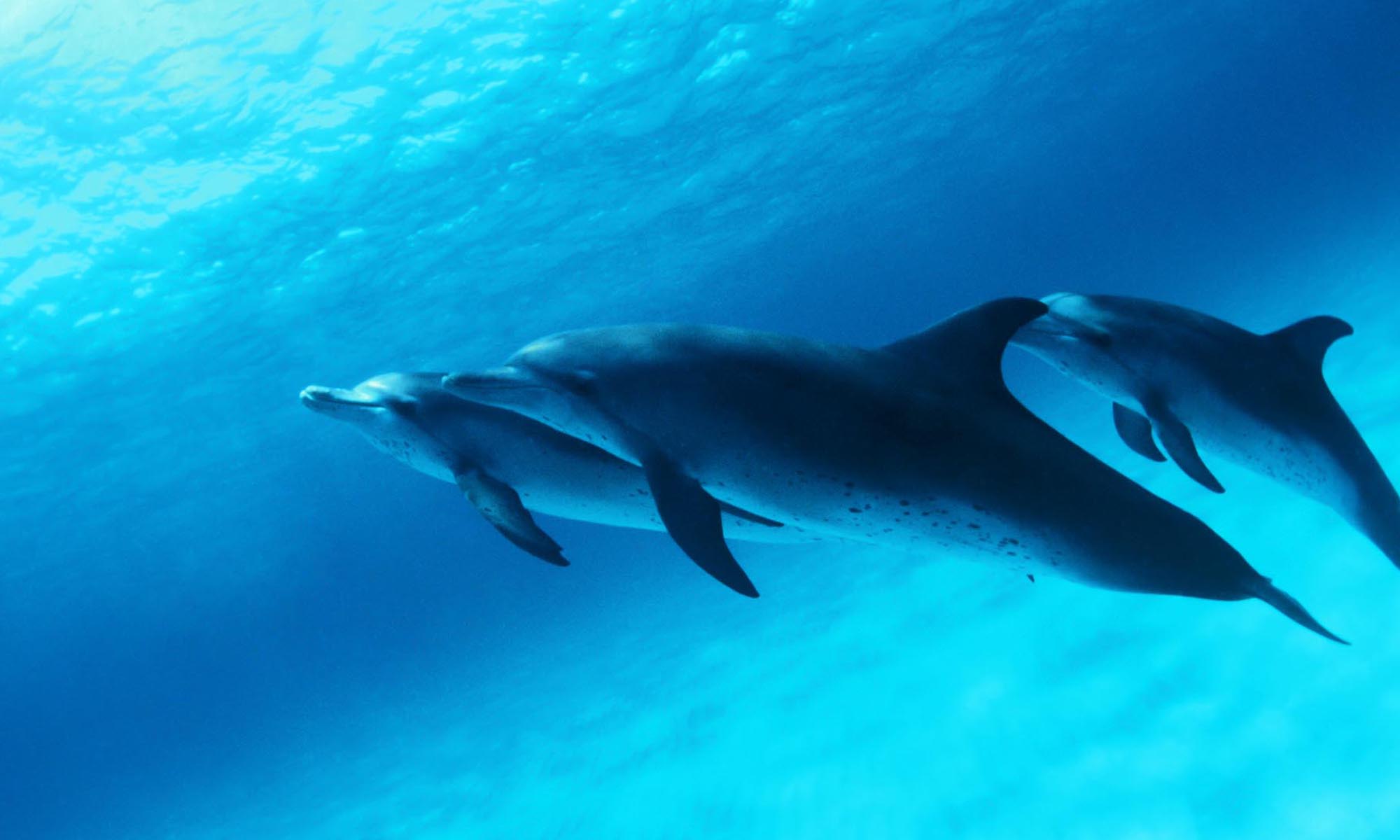By John M. Simpson.
On November 27, 2018, the U.S. Supreme Court issued its decision in a closely watched Endangered Species Act (ESA) case involving the U.S. Fish & Wildlife Service’s (FWS’s) designation of “critical habitat” for an endangered species known as the “dusky gopher frog” (Rana sevosa). Weyerhaeuser Co. v. U.S. Fish & Wildlife Serv., 586 U.S. ___, No. 17-71 (Nov. 27, 2018). The Court reversed the Fifth Circuit’s decision which had upheld the FWS designation.
The agency designated, as critical habitat under ESA § 4(a)(3)(A)(i)-(ii), 16 U.S.C. § 1533(a)(3)(A)(i)-(ii), a 1,500-acre tract of land in St. Tammany Parish, Louisiana (known as Unit 1). FWS also declined to exercise its statutory discretion to exclude the parcel from critical habitat because the costs of inclusion (principally loss of development opportunity) were “not disproportionate” to the conservation benefits of designation.
The habitat designation was challenged by petitioners (landowner and other industry interests) on the grounds that the frogs did not even live in Unit 1 and, even if they managed somehow to find their way there, they could not survive because the conditions of Unit 1 were completely unsuitable for the species to actually survive. Petitioners also contended that FWS had improperly weighed the competing costs and other considerations in declining to exclude Unit 1 from the designation.
The Fifth Circuit upheld the agency’s actions, ruling, first, that land does not have to be habitable by the species in order for it to be “critical habitat,” and, second, that the FWS decision not to exclude was “unreviewable” under the Administrative Procedure Act (APA) as committed to agency discretion. The Supreme Court reversed both rulings.
As to the first point, the Court focused on the plain language of the ESA and determined, not surprisingly, that land cannot be “critical habitat” if it is not habitat to begin with:
Only the “habitat” of the endangered species is eligible for designation as critical habitat. Even if an area otherwise meets the statutory definition of unoccupied critical habitat because the Secretary finds the area essential for the conservation of the species, Section 4(a)(3)(A)(i) does not authorize the Secretary to designate the area as critical habitat unless it is also habitat for the species.
Slip op. at 9. Here, the evidence showed that the frogs at issue not only did not live in Unit 1, they could not live in Unit 1 unless the land were completely changed to accommodate the frogs’ particular requirements for survival.
As to the second point, the Court determined that this particular situation was not one of those “rare” cases in which the statute at issue is so drawn as to give the reviewing court no meaningful standard by which to judge the agency’s exercise of discretion. Slip op. at 12-15.
The Weyerhaeuser opinion brings a breath of fresh air to an area of the law that has grown to be quite complex and where agency actions and interpretations sometimes have an Alice-in-Wonderland quality. Weyerhaeuser reached the common sense outcome that an endangered species’ “critical habitat” has to be a place where the species actually does live or can actually survive.
The opinion, by Chief Justice Roberts, was joined by seven other members of the Court. Although some observers had predicted that this case would indicate Justice Kavanaugh’s views on the ESA, he took no part in the consideration or decision of the case.
